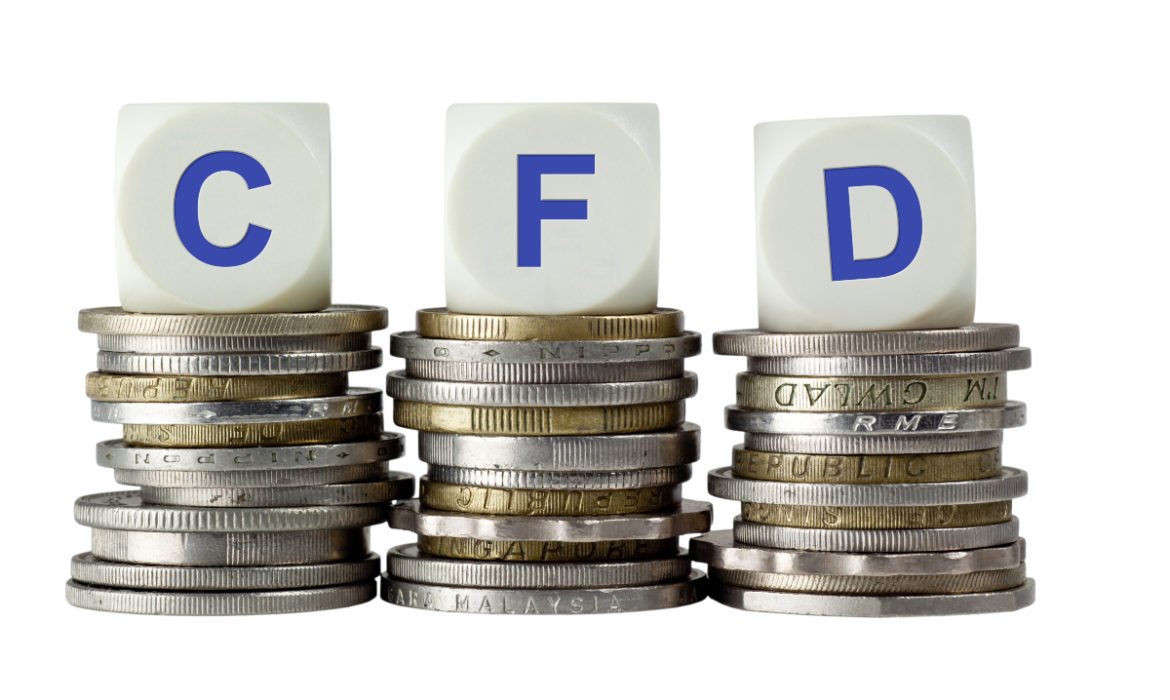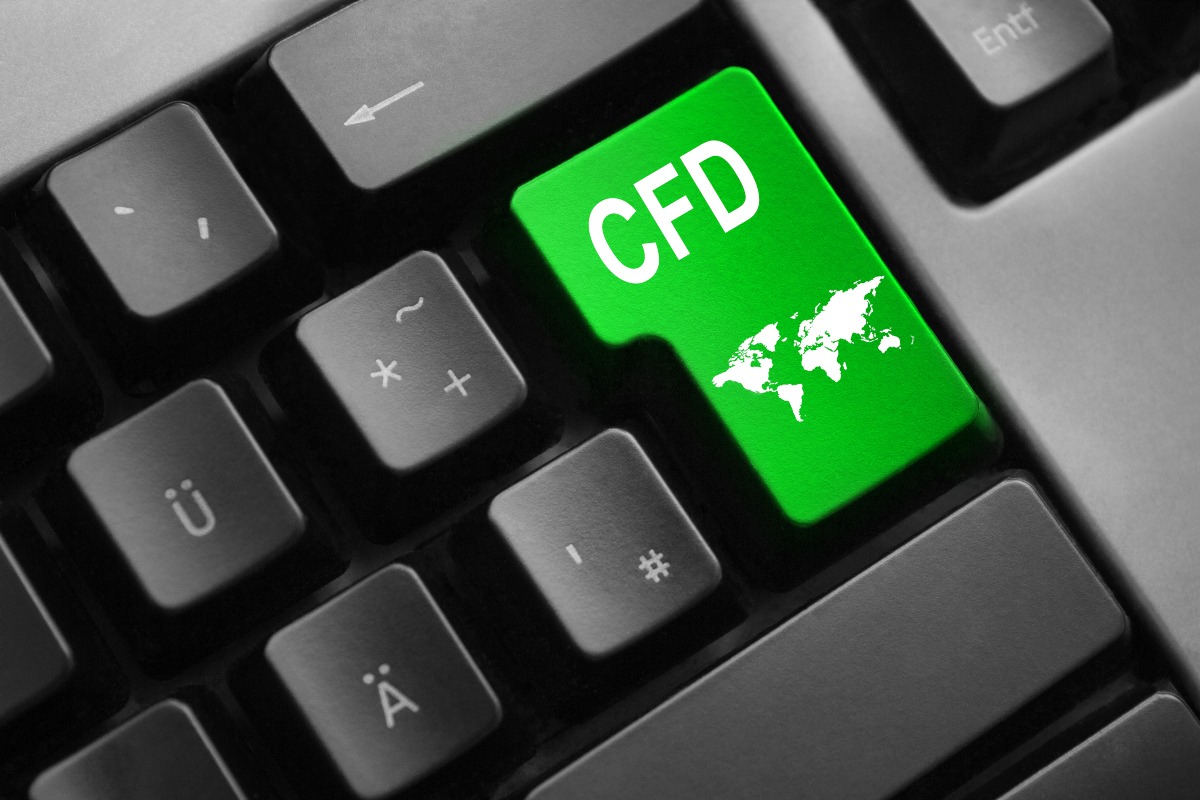You may be aware of the basics of how contracts for differences (CFDs) work and their advantages and disadvantages. However, theory does not always translate easily into practice. This knowledge on its own will still not prepare you for the reality of trading with CFDs. So, we have outlined a short guide for you to start thinking about how to trade in these securities, and which strategies to consider.
Basic steps towards CFD trading
So first off, you will need to develop a strategy or plan of trading before you start. This will help guide you through all your decisions in all sorts of situations. If you feel overwhelmed and do not know how to proceed, you can simply look at your plan as a reference and carry on. Your emotions cannot always be trusted and can lead you to making rash decisions.

More importantly, stick to your plan despite what your gut says! You have to make sure the plan you chose works for you, if you keep changing your strategy, you can never truly find out. As long as you feel confident in your plan before you implement it, do not worry too much.
Of course, if a particular trade keeps plummeting and plummeting without any hope for recovery, do not keep pursuing it. Devotion is important, but there is a point where a trade is no longer worth pursuing. All in all, it is all about balance. You should hopefully get a feel for where this balance is the more you trade.
If you feel unsure about whatever strategy you start trading, have a go at back-testing or demo trading. For some people, going in blind with a strategy can be too much for them. Demo accounts can help you gain experience in the world of trading without any real risk. It can simulate what the true experience of trading is like, so that you can gain the appropriate knowledge for the real deal! You can look up some of these methods to ensure the trustworthiness of your strategy beforehand.
Writing your CFD trading strategy
So how should you set up this plan of yours? There are a few important points of consideration, including the markets to trade in, record keeping, risk management strategies, your goals, how risk-averse you are, motivation, time commitment, and your available funds. Your strategy should be uniquely tailored around you. Do not follow anyone else’s plans too closely, as they were most likely designed with themselves in mind.

What kind of analysis are you most comfortable with? Find which type of analysis works for you before writing out your plan. It will help guide you to the right strategy for you. If you focus on fundamental analysis, you will be looking at longer-term strategies focused on macroeconomics. If you do well with technical analysis, short term strategies focused on trends, and the history of an asset is the best option for you. You can, of course, use a combination of both, which we actually recommend to you.
Try to use orders to limit your risk. Orders are instructions given to a broker beforehand to help guide their decision-making. You may not pay very close attention to the market, but need to make sure that trades occur at certain points. Orders can help automise the process of trading so that if the underlying asset has reached your desired value, you can make sure a trade takes place before the market flips. Similarly, if the price of the asset goes in the wrong direction, past the point of no return, you can make sure a trade takes place before you lose too much capital.
Strategies for CFD trading
So now that we have discussed some prior points of consideration, it is time we dive into some possible types of trading.
Breakout CFD trading
For CFD trading, this is a pretty common strategy. It involves finding assets that have the possibility of breaking past their support or resistance. This can help you identify new price points the market could not have predicted, and take advantage of them. Although the market cannot predict them directly, there are some points of inference. If you follow the charts closely, they should be able to show patterns predictive of future previously unseen trends.
Trends are the name of the game here. You are trying to follow the general implied direction of the market. You should know how trends work and how to predict them.
Contrarian CFD trading
Contrarian trading can be seen as the complete opposite of breakout trading. As the name implies, you are trying to go against the market and current trends. You will try to find when current trends will start to reverse and take advantage.
So, for example, an asset may be hemorrhaging for a prolonged period of time. You will try to identify when exactly the price will start to tick back up and buy the asset shortly before this point. This strategy can, of course, also work in the opposite direction as well.
Trend following
Trend following may sound like a wild and insecure way to invest, but it really is not. It is not particularly fast-paced, and it can mean holding an asset for a period of weeks or months. So basically, you are ignoring all the superficial changes in the value of an asset and find overall long-lasting trends.
In fact, if you believe that an asset’s value is on an overall uptrend, but it drops suddenly you are at no great disadvantage. In fact, it is quite the golden opportunity, as you can buy contracts more the same asset for a lower price. This can give you an even bigger investment in the market.

Rebate CFD trading
If you trade in high enough volume in CFDs, you can qualify for rebates. A rebate is basically interest or dividends that one party pays to the other in the contract. Specifically, a short-seller pays a rebate to the owner. The actual investment does not matter as much as the actual rebate prices are. These are quite exclusive strategies, because, as we said, you need to invest a lot into them.
Scalping
This is the ultimate fast-paced type of trading. You will be trying to trade as much as is possible and take advantage of every little opportunity which presents itself.
Swing CFD trading
With swing trading, you are trying to identify the peaks and troughs of an asset. Traders using this strategy find the restriction and support of an asset and try to buy as close to it as possible. These tend to be relatively low changes in price, and you are trying to look for many short-term opportunities.
So, if an asset is reaching its support, a swing trader believes it will soon shoot back up. Therefore, they will try to buy when the asset’s price is as low as possible, and wait for its price to rise.
Hedging
Hedging is basically the ultimate safety net. You try to offset the risk of any individual trade with another investment. It is quite meticulous and is basically the ultimate form of portfolio diversification. Of course, this does not mean that you cannot suffer losses. This is, however, the best method for minimising risk when trading.
Trading the News
This strategy relies on fundamental analysis. Basically you should be trying to find what political events, or events relevant to your asset say. New laws, international events, public scandals, and all sorts of information can have an effect.
These are just some of the strategies available to you, as we have aimed to give you a brief summary of possible strategies. You will, of course, have to carefully investigate each of them individually to choose which is best for you yourself!
















